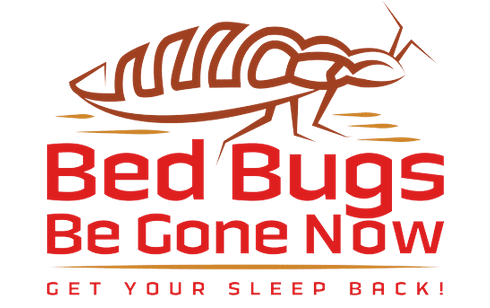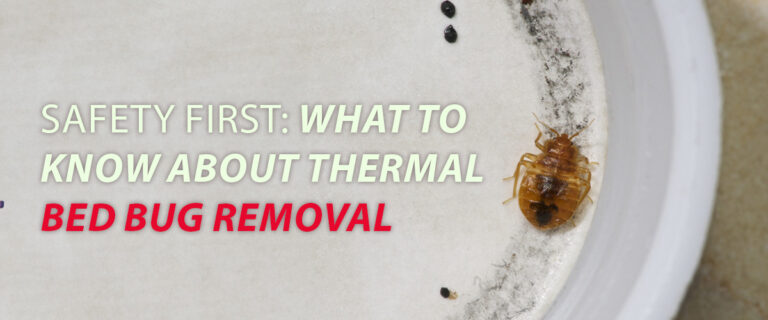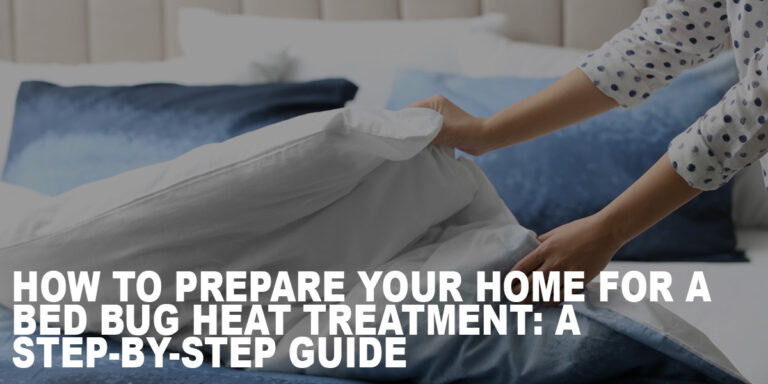Bite Back Against Bugs: 10 Essential Steps for Effective Pest Control Treatment
Are pests relentlessly turning your home into their playground? Envision reclaiming your sanctuary through a series of strategic steps, detailed in our latest guide, where each action you take is a calculated counter against these uninvited squatters.
Meanwhile, this journey requires more than quick fixes; it’s an art that blends science with diligence. Our comprehensive blog post paints a landscape where every homeowner can rise as the astute guardian of their domain. From pre-emptive strikes to continued vigilance, we equip you with the knowledge to maintain a bastion of calm in the persistent battle against pests.
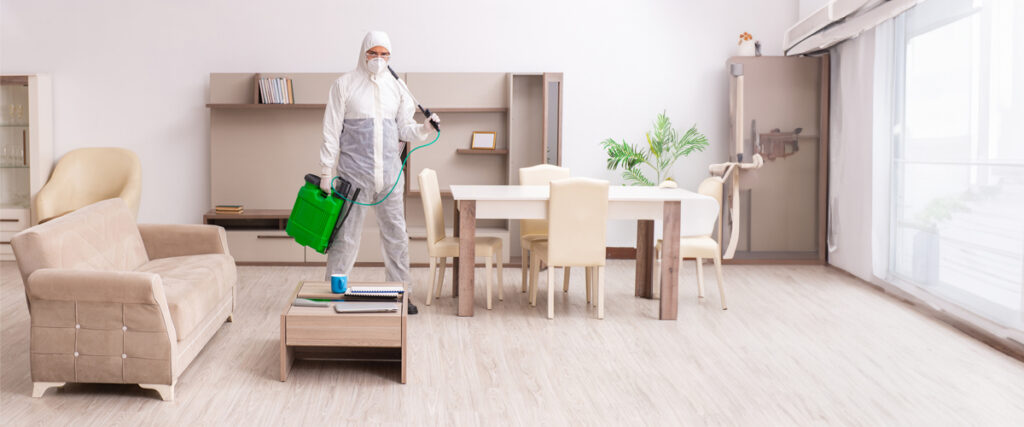
Understanding the Need for Pest Control
Your home’s tranquility is ruptured by the skittering of unexpected pests, instantly transforming comfort into concern. These invaders are more than a nuisance; they’re forerunners of significant threats to health and home integrity, including damaging pests like insects and rodents.
Accordingly, the imperative for decisive pest control is precise. The hazards range from allergy-provoking allergens to disease-bearing rodents, translating to critical risks within your living space. Therefore, an effective pest control treatment in Arlington Heights becomes essential—a beacon securing the health and safety of your home environment.
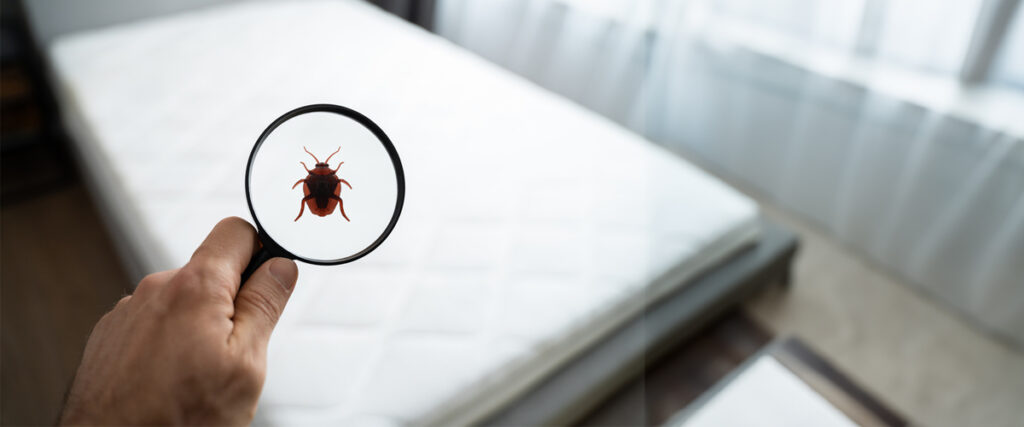
Step 1: Accurate Identification of Pests
Victory over pests begins with accurate identification of the enemy. Misdirected efforts could be more effective and can be dangerous, underlining the value of professional pest control services.
- Recognize pests: The first step towards success in pest control treatment is the precise identification of pests.
- Consequences of inaccurate treatment: Deploying the wrong pest control techniques can be counterproductive, possibly leading to harm.
- Role of professionals: The expertise of professional exterminators is invaluable, providing efficient identification and eradication of pests.
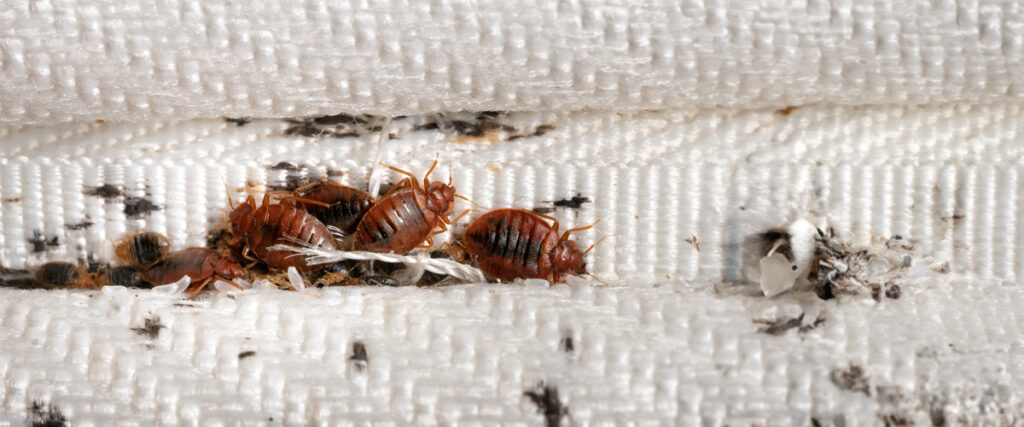
Step 2: Assessing the Infestation Level
Gauging the extent of the pest issue is necessary for crafting an effective pest control plan. The assessment’s precision allows for a response proportional to the infestation’s severity, from minimal intervention to extensive treatment.
- Assess the infestation level: Determine if the situation is a minor or widespread occurrence.
- Use varied techniques: Employ methods from visual inspections to sophisticated thermal imaging for accurate assessment.
- Tailor treatment strategies: Adjust the level of pest control treatment based on the infestation severity for targeted efficiency.

Step 3: Choosing the Right Treatment Method
After accurately assessing the infestation, the subsequent step is selecting the appropriate treatment methods. The effectiveness of pest control treatments hinges heavily on choosing the right one and being mindful of minimizing harm to the home environment.
- Methods in the toolbox: The pest control treatment toolbox offers various options, including chemical solutions, bait, traps, and mechanical barriers.
- Pest-specific treatment: Treatments tailored towards specific pests are more effective. For instance, what works for ants may not affect rodents.
- Consider collateral damage: The ideal pest control treatment in Arlington Heights should not harm the home environment.

Step 4: Preparation for Treatment
Think of pest control as a battlefield; thus, preparation is paramount. Pre-treatment steps range from cleaning to decluttering and safeguarding vulnerable household members, setting the stage for a smoother, more effective treatment.
- Pre-treatment clean: This reduces pest food sources.
- Decluttering: Removing clutter eliminates potential hiding spots for pests.
- Safety measures: Protecting pets and children’s safety is paramount during pest control treatment.
- Preparing helps professionals: Proper preparation facilitates a smoother and more productive treatment process for professional exterminators.

Step 5: Professional Application of Treatments
Professional exterminators take the spotlight, applying the selected treatment with expertise and precision. Opting for professionals ensures efficient pest eradication while mitigating risks associated with the application process.
- Expert application: Professionals use their expertise to apply treatments effectively.
- Advanced equipment: They have specialized equipment that maximizes treatment efficacy.
- Experience matters: Their experience allows for precision in treatment application, reducing errors.
- Safety is paramount: Professional exterminators prioritize safeguarding your home against pests and potential treatment mishaps.
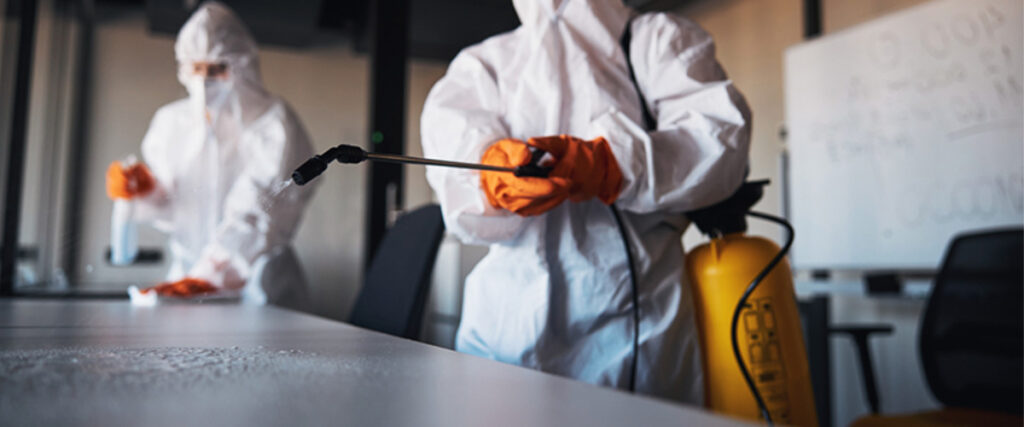
Step 6: Post-Treatment Cleaning and Sanitization
After pest control treatment, cleanliness and sanitization become crucial as homeowners strive to restore a healthy, enjoyable living space. Efforts in post-treatment cleaning focus on the disposal of debris, carrying out thorough treatments, and implementing sanitization measures to remove any remnants of the extermination process.
- Disposal of debris: Safely remove any pest-related debris left after the treatment.
- Thorough cleaning: Ensure meticulous cleaning of the treatment areas.
- Sanitization: Protect against lingering germs or toxins by sanitizing the treated areas.
- Leave no trace: Proper post-treatment cleaning and sanitization should eliminate remnants of the pest control treatment process.
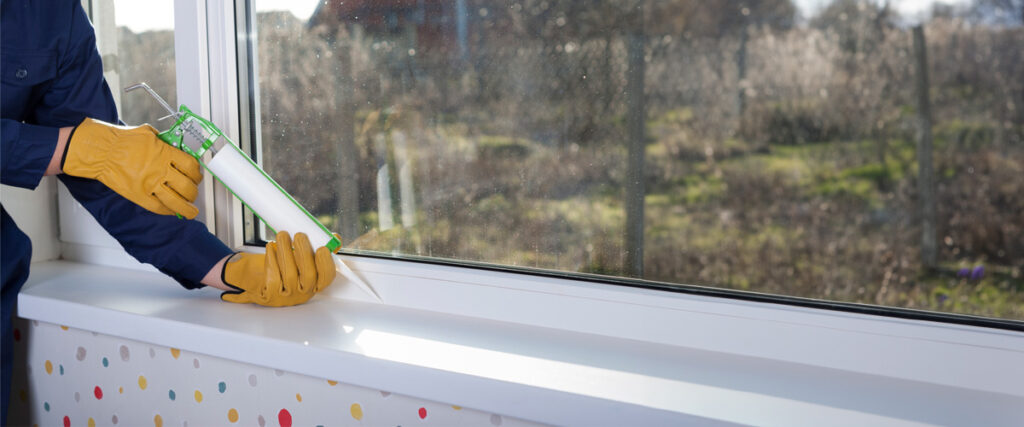
Step 7: Sealing Entry Points and Exclusion Techniques
The final stage requires defensive measures to deter future pest invasions predominantly by sealing entry points and applying exclusion techniques. This proactive measure underscores the timeless adage that a bit of prevention far outweighs the need for an extensive cure.
- Sealing entry points could include addressing vulnerabilities like foundation cracks or damaged window screens.
- Exclusion techniques: Employ methods that deter pests from entering your home.
- Embrace prevention: The emphasis is preventing infestations rather than dealing with their aftermath.

Step 8: Ongoing Monitoring and Maintenance
To maintain a pest-free environment, ongoing monitoring and maintenance become indispensable. Developing a habit of periodic checks can identify potential pest activity or structural weaknesses that might attract unwelcome visitors.
- Stay vigilant: Regularly monitor your home for any signs of pest activity.
- Structural checks: Inspect your home for vulnerabilities that could invite pests back.
- Routine health check: These inspections are regular health checks to ensure a safe and pest-free living space.
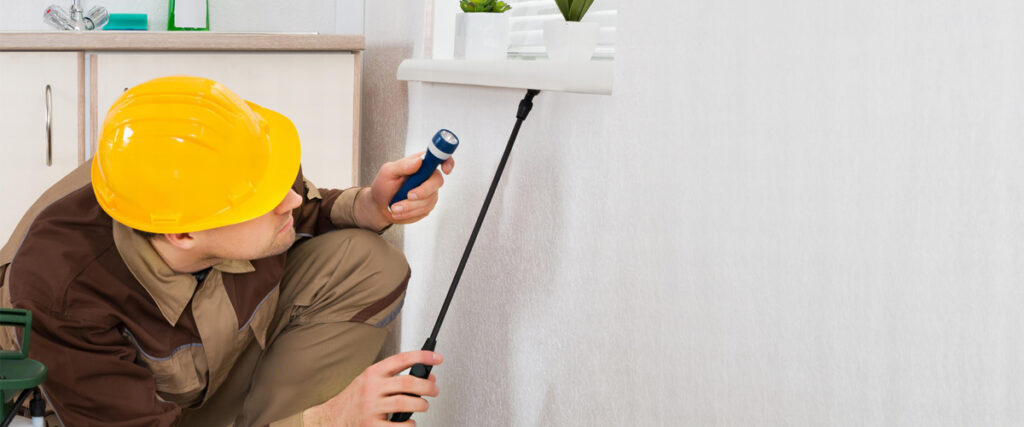
Step 9: Implementing Preventive Measures
Switching focus from reactive treatment to proactive pest prevention can significantly lower the chances of future infestations. This shift involves integrating pest control measures with regular household practices, fostering a living environment that is decidedly inhospitable to pests.
- Transition to preventive: Embarking on proactive measures can significantly decrease re-infestation risk.
- Daily habits matter: Regular practices such as proper garbage disposal, clutter management, and meticulous housekeeping contribute to effective prevention.
- Create an unfriendly environment: The ultimate goal is establishing a climate incompatible with pest habitation.

Step 10: Educating Yourself and Staying Informed
The dynamic domain of pest behavior and control methods necessitates continuous learning and adaptation. Being well-informed empowers homeowners to preempt issues before they escalate, the best defense being a well-executed offense.
- Constant learning: As pest behavior and control techniques evolve, so should your understanding.
- Stay informed: Knowledge of pest control topics allows homeowners to make wise decisions and identify issues early.
- Be proactive: An alert and aware homeowner poses the biggest pest threat.

Your Battle Plan: Pest-Free Living!
With the proper knowledge and an unwavering commitment to maintaining a pest-free home, you can wage an effective battle against these unwelcome visitors. Remember, the intensity of your effort is critical to safeguarding your sanctuary from the intruders that would seek to infringe. Armed with the comprehensive ten steps detailed in our guide, you can reclaim your space with pride and conviction.
So, are you prepared to embark on the journey toward a pest-free home? Will you become the ultimate guardian of your haven, ensuring your family’s safety and the tranquility of your surroundings? The choice is yours.
References:
- Citizen’s Guide to Pest Control and Pesticide Safety | US EPA. (2023, June 28). Retrieved from https://www.epa.gov/safepestcontrol/citizens-guide-pest-control-and-pesticide-safety
- Mehlhorn, S., Hunnekuhl, V. S., Geibel, S., Nauen, R., & Bucher, G. (2021). Establishing RNAi for basic research and pest control and identification of the most efficient target genes for pest control: a brief guide. Frontiers in Zoology, 18(1). https://doi.org/10.1186/s12983-021-00444-7
